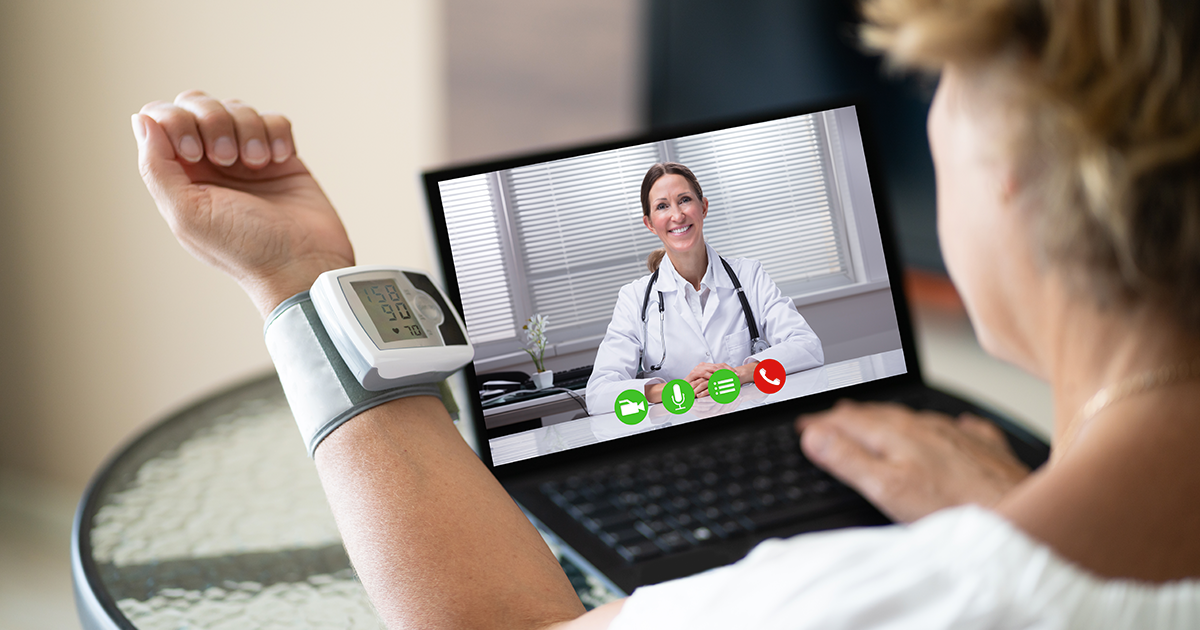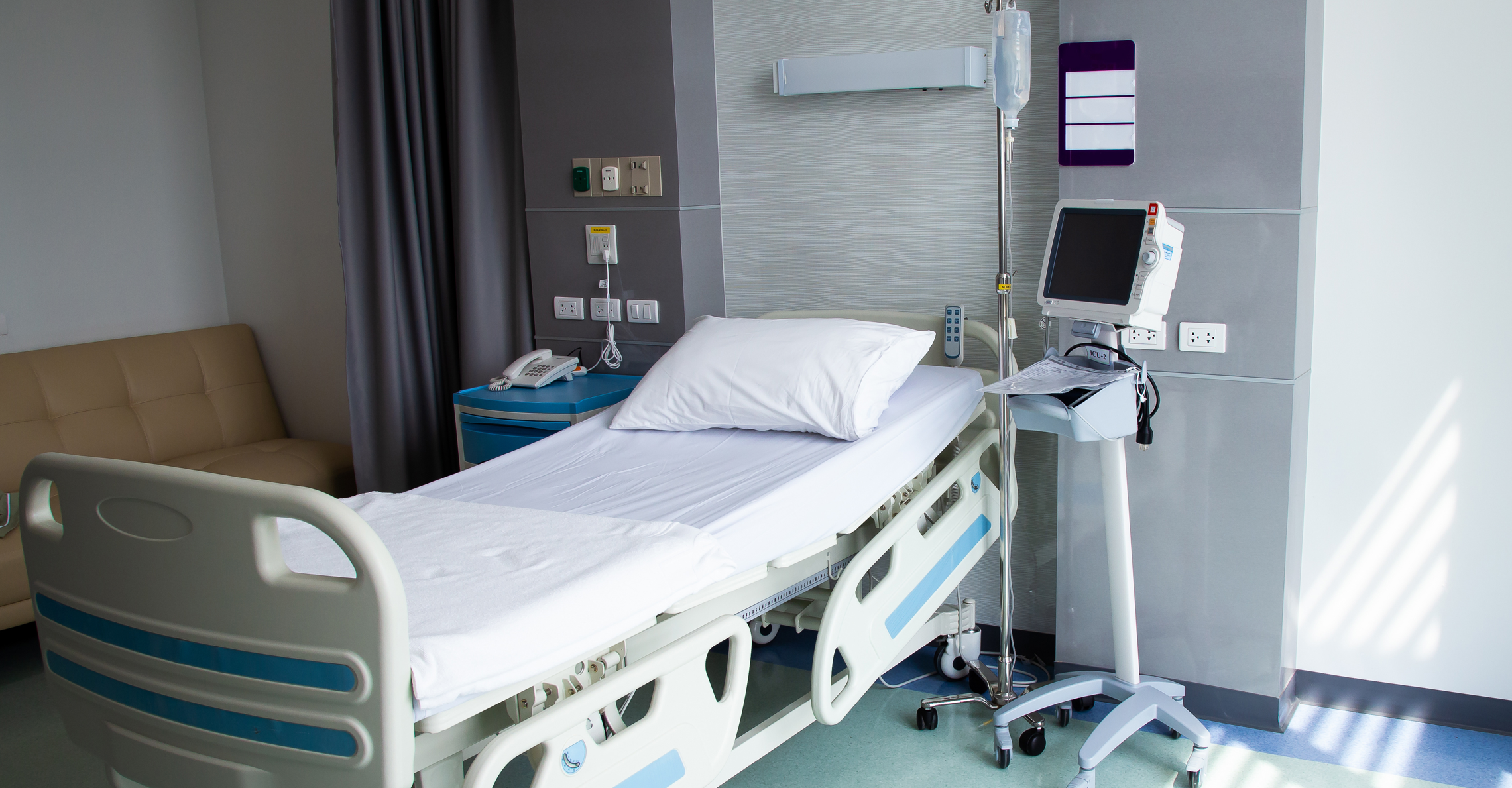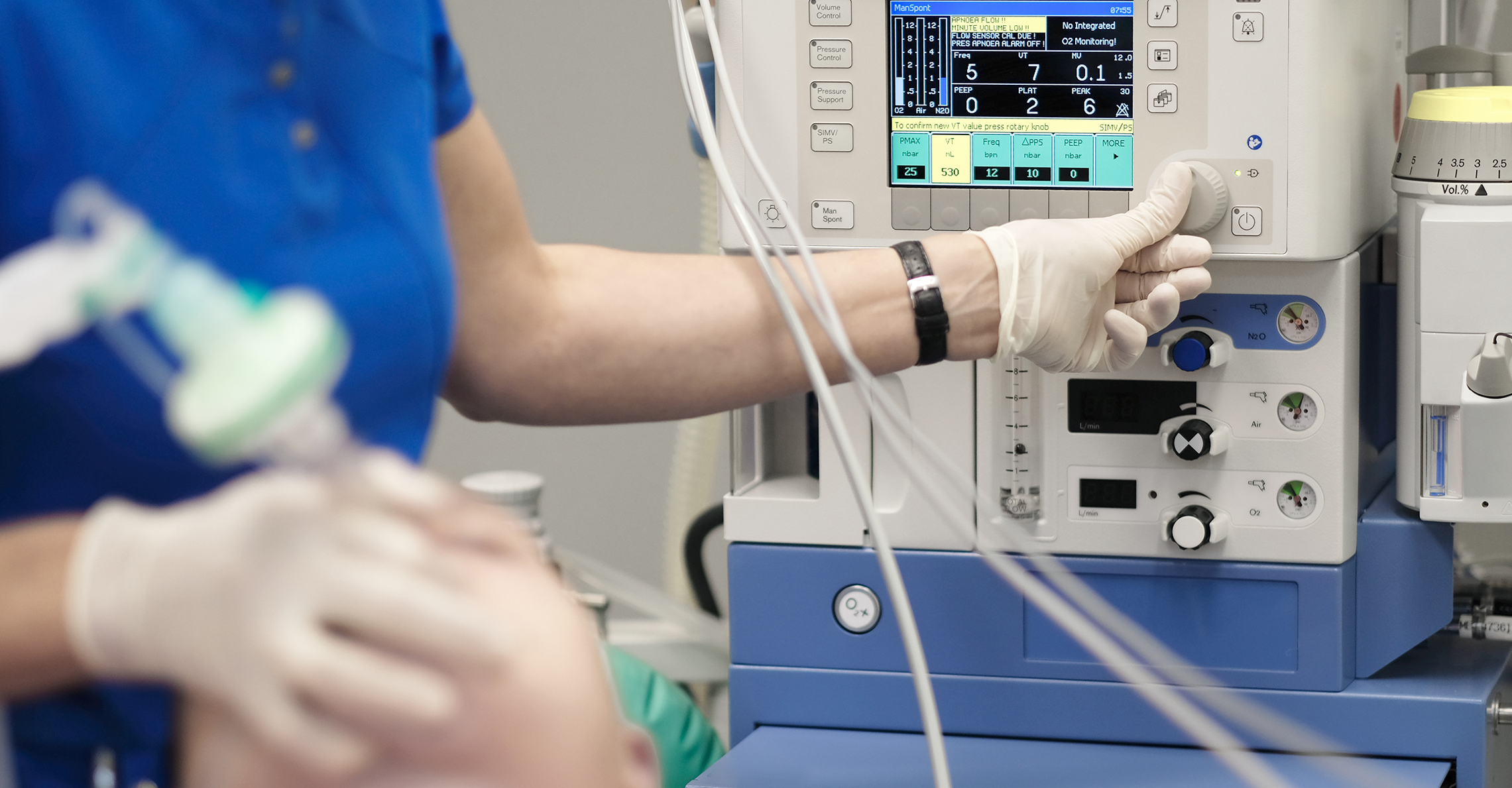What was once a theoretical solution is now here, its practical applications accelerated by advancing consumer technology and the global health emergency of 2020.
But the possible applications of telehealth are much broader than 1:1 video consultation. Today, telehealth tech is being used to remove barriers to specialized care, educate and monitor patients and enable collaboration between healthcare providers.
- Jamie Threatt, DNP, AGACNP-BC, telehealth program director
Several tried-and-true techniques have found traction in modern telehealth programs, whether that is facilities sourcing specialized care they don’t have on-staff due to labor shortages, or rural facilities increasing access to providers for patients in remote areas.
How are subspecialties innovating with telehealth?
As the question changes from “should we implement a telehealth program” to “how can telehealth improve our patients’ outcomes,” creative solutions flourish. Some implementations and program designs that LocumTenens.com has experience with include:
- Telefertility: Having access to fertility specialists who can consult remotely when needed has been a game-changer for communities that lack fertility resources, particularly when the need for fertility consultation coincides with a new cancer diagnosis. These patients do not have the ability to delay care for 6-8 months waiting for fertility clinic availability. This innovative solution ensures women can see a fertility specialist in a timely manner, start their cancer treatment and keeps patients housed within their home network.
- Tele-urgent care: Patients of all ages can be seen remotely by a provider who can assess and treat a variety of conditions virtually. Clinicians can also counsel patients to proceed to the ER when care needs exceed their capabilities on a virtual platform. In this case, both the patient and provider are remote, which makes the consultation accessible after hours and cuts down on already crowded in-person ER queues.
- Hybrid surgical appointments: Telehealth can be leveraged for pre- and post-op appointments that do not require hands-on care. A hybrid model allows patients to consult with their surgeon virtually for care planning, come to the hospital for their surgery, and then receive post-op care via telehealth. This opens doors for patient communities in “care deserts” with low availability of specialists and surgeons and ensures continuity of care.
- Remote study interpretation: In neurology, EEGs and TCDs can only be interpreted by highly trained clinicians, but these test results are crucial for seizure and post-aneurysm management. Transitioning to remote interpretation allows physicians to provide rapid interpretations, often changing the course of patient treatment same day. This concept is also being used in radiology, cardiology, pulmonary function testing, and even sleep studies.
- Hospital followups: Following a hospitalization, patients with major chronic illnesses like COPD, heart failure and pneumonia experience high rates of readmission within 30 days. To prevent this situation, guidelines require these patients to be by their primary care provider or a specialist within seven days of discharge. If they are readmitted without this follow up, insurance will not pay for their second admission. Leveraging telehealth for these hospital follow-up appointments makes it much easier to see how the patient is doing and determine next steps.
Those are by no means the totality of telehealth treatments at play:
- In neurology, mobile stroke units can reduce the time between onset of symptoms and administering treatment, getting patients seen before they even arrive at a hospital.
- Pediatricians can offer remote care to students who are onsite at their school’s health suite, effectively reducing inequities in care and oftentimes helping students stay in school if the symptoms are determined to be less serious.
- Telehealth is considered at least as effective as conventional in-person care in correctional facilities, and may streamline complexities associated with patient transport—keeping personnel safe and often avoiding superfluous ER visits.
- Remote monitoring of intensive care units (Tele-ICU) can quickly detect patient deterioration through remote “command centers.” Smaller facilities are able to take advantage of tele-intensivist consultations.
- In oncology, digital pathology systems can assist detection and classification of tumors in place of traditional glass slides and a microscope.
- Virtual dermatology consultations at patients’ local pharmacies can be useful for diagnosing skin conditions.
- Studies show some early potential for augmented reality technology for procedural education, surgery, emergency and hospital medicine, leveraging telemedicine and telementoring.
With sufficient technology and proper training, these examples make a strong case for telehealth as more than a fallback option, empowering healthcare organizations to dominate the marketplace with future-facing care methods.
Isn't maintaining a telehealth staff expensive?
- Jamie Threatt, DNP, AGACNP-BC, telehealth program director
Innovation in the realm of remote care does not stop at technical and procedural breakthroughs — pricing models are evolving to meet the needs of patients and care facilities. If full-time access to specialized medicine is incompatible with a facility’s budget, they can consider the per-consult telehealth model, in which on-call specialists are paid when they are needed.
- Jamie Threatt, DNP, AGACNP-BC, telehealth program director
There is also evidence that telehealth influences retention, especially in certain medical specialties. One survey-based study showed a clear desire for telehealth implementation among behavioral health professionals.
Looking ahead to a flexible future
As the tug-of-war for top talent increases during a shortage of healthcare labor, and both patient and clinician demands are on the rise, the imperative to have the best care offering in the market intensifies daily. New use cases continue to emerge as new technologies become available, and the opportunities to meet that increased need with innovative solutions are only growing.
What challenges could telehealth solve for the patient community you serve? Are you seeking to streamline existing patient flow, cover a gap in care that is increasingly harder to fill, or expand into new lines of business? When you are ready to explore what is possible, the knowledgeable LT Telehealth team is ready to help you map out the remote care solution that achieves your business goals.





